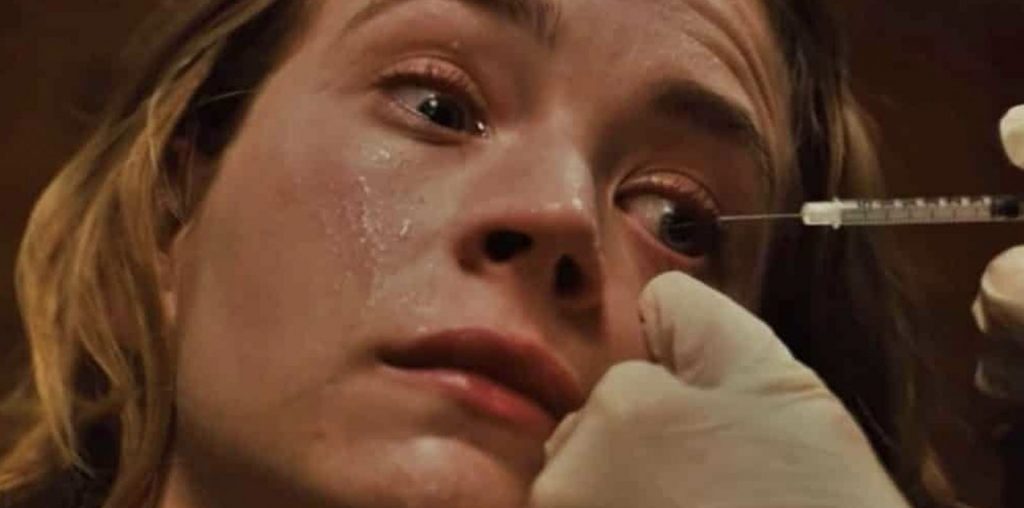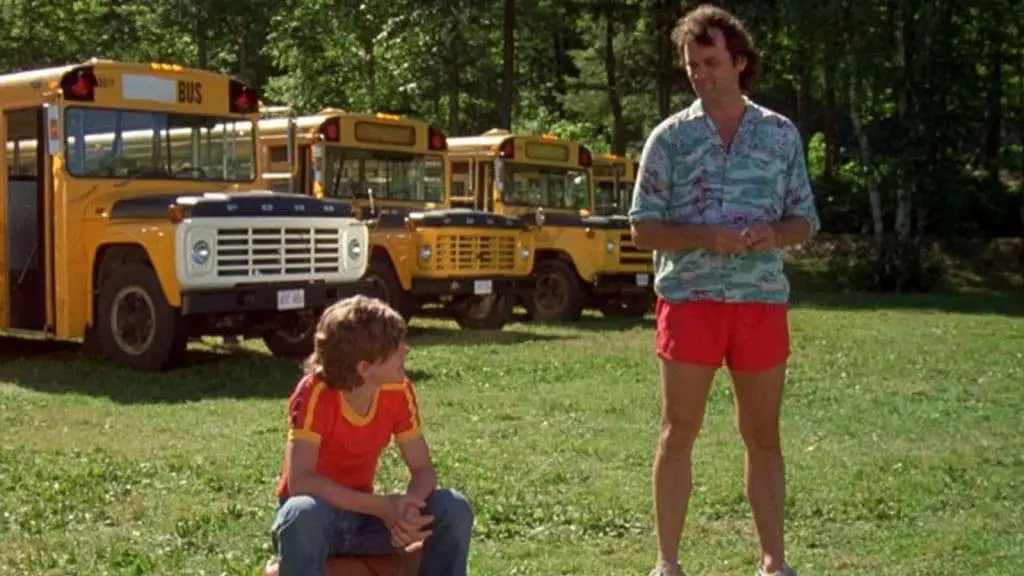
“Generations” was designed to bridge Trek old and new, but it’s not as fresh as the films that preceded it (with the exception of the wretched “Star Trek V: The Final Frontier”) nor the one that followed it (the last two outings, “Insurrection” and “Nemesis,” are a sad way to end a film series that was once great). The film opens with Captain Kirk retired from the captain’s chair but still pining for it. When a test run of the newest Enterprise, christened NCC-1701 B, encounters problems, however, Kirk must once more save the day. Sound familiar? I thought we had already hashed through this territory as far back as “Star Trek II.”
Kirk disappears during the ensuing rescue mission and is presumed dead. Fast-forward to the Next Generation years. Captain Jean-Luc Picard and his crew respond to a distress call at a Federation science station under attack by the Romulans. The only survivor is Dr. Tolian Soran, who astute viewers probably noticed was hanging around when Kirk vanished. So now we learn that Kirk wound up in something called the Nexus, which Soran is trying to return to, with a desire so strong that he’s willing to enlist the aid of Klingons. The Klingons, of course, are happy to help because they’ve never met a potential weapon they didn’t like. Didn’t Soran see “Star Trek III”? The plot has plenty of holes, but the overall story is a fun ride anyway, that is until you get to the point where Kirk really dies.
Kirk’s ignominious death has none of the pathos of Spock’s passing in the second film. (Sorry if either of those revelations were spoilers, but these movies have been around for a while. Here’s another one for you: Darth Vader is Luke Skywalker’s father.) The way he goes out is really kind of pathetic, and I know he resurrected the character in a later novel anyway, so I don’t know what the point was. At least Spock’s death served as a way to deepen his relationship with Kirk and McCoy. Kirk, however, doesn’t exit the film series with a bang so much as with a whimper. And Shatner doesn’t even ham up his death the way you’d think he would. At least that would have been entertaining.
So that’s the film. But what about the extra stuff that Paramount has been cramming into these two-disc Star Trek sets they’ve been issuing? Disc one offers the usual feature-length audio and text commentaries the studio has included on past sets. This one breaks from tradition and gets screenwriters Brannon Braga and Ron Moore involved, which makes sense since they were heavily involved in The Next Generation and this film is all about moving Trek forward. Braga and Moore discuss the usual production anecdotes that tend to accompany commentaries for older films, considering how much nostalgia is often involved. They also address many of the plot holes in “Generations,” which is an interesting admission.
The text commentary is the usual dense track compiled by Michael and Denise Okuda for every Special Edition release so far. These tracks are really geared more toward the serious Trekkies who need to know every bit of minutiae about the films, but there are some interesting tidbits for casual fans who want to invest the time.
Over on disc two, we have a series of featurettes as well as a tribute to Matt Jefferies, the now-deceased Trek production designer after whom the Jefferies tubes aboard the Enterprise were named. The visual effects section covers the design of the main titles sequence, which features a bottle of Dom Perignon floating through space and striking the side of the new Enterprise, as well as the Nexus effects and the scene in which the saucer section of the Next Generation Enterprise-D disengages and crashes.
We also take the usual trip to ILM, where we see the Enterprise-D models in action and get another glimpse of the aforementioned saucer crash sequence, as well as check out how this film fits into not only Trek history but also the space program’s legacy. “The Enterprise Lineage” fits into the latter category, covering the use of the name Enterprise on a naval frigate, two aircraft carriers and NASA’s first space shuttle. “Picard’s Family Album” and “Creating 24th Century Weapons” give us the lowdown on creating props that look like they might be used in the future.
The production section offers “Uniting Two Legends,” which serves up the obligatory gush-fest over how cool it was to get two Enterprise captains together in one film, “Stellar Cartography: Creating the Illusion,” which digs into how the cartography room on the starship was created and used, and “Strange New Worlds: The Valley of Fire,” which revisits the remote locations traveled to for the film. Altogether you get about two-and-a-half hours of making-of features, which makes for one great documentary. Most of them are actually more interesting than watching the movie, although sometimes they veer into fluffy territory.
Finally, we have an archives section with storyboards, production stills and a photo gallery as well as more than 30 minutes of deleted scenes, which is a rare treat for a Trek release. Most of the previous Special Editions have skimped in the deleted scenes department, but Paramount decided to go all out with this one. They even give us the original opening sequence, which is called “Orbital Skydiving,” and an alternate ending. You can see why they were cut, but they’re still interesting to watch.

